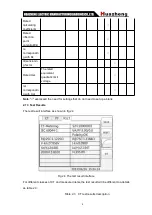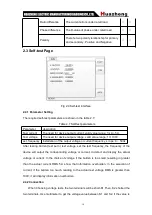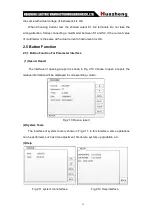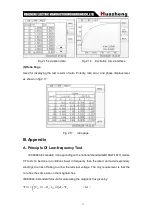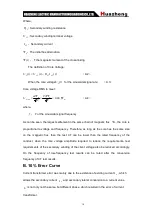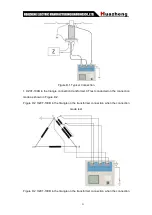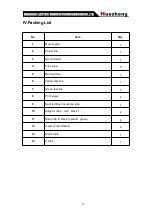
18
Where,
CT
R
: Secondary winding resistance
CT
U
: Secondary winding terminal voltage
CT
I
:
Secondary current
0
:
The initial flux Alternation
)
(
t
:
T the magnetic moment of the cross-linking
The definition of Core Voltage:
)
(
)
(
)
(
t
I
R
t
U
t
U
CT
CT
CT
C
(
A.2
)
When the core voltage
)
(
t
U
C
for the sinusoidal signal are:
(
A.3
)
Core voltage RMS to meet:
m
m
m
Crms
f
f
U
44
.
4
2
2
2
(
A.4
)
where
:
f
:
For the sinusoidal signal frequency
As can be seen, the largest settlement in the same chain of magnetic flux
m
, the core is
proportional to voltage and frequency. Therefore, as long as the core has the same size
on the magnetic flux, then the test CT can be lower than the rated frequency of the
conduct, when the core voltage amplitude required to reduce the requirements, test
requirements of the secondary winding of the client voltage also be reduced accordingly.
On the frequency of low-frequency test results can be rated after the conversion
frequency of CT test results.
B. 10% Error Curve
Current transformer error was mainly due to the existence of exciting current
0
I
, which
allows the secondary current
2
I
and secondary lateral conversion to a current value
'
1
I
is not only not the same, but different phase, which resulted in the error of current
transformer .





